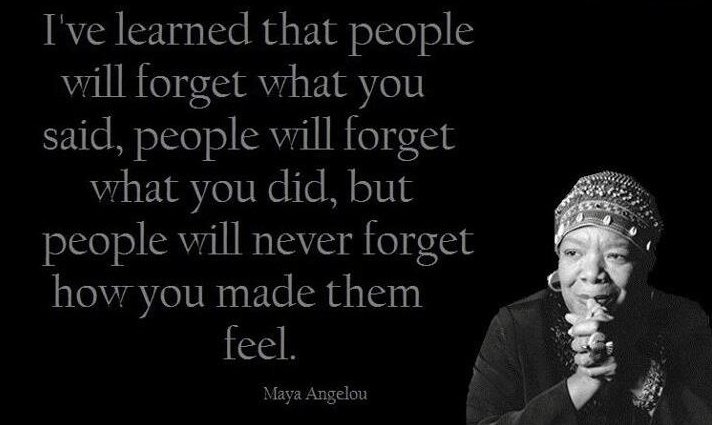Now I get that we live in a world quite different from what it was 20+ years ago when I started teaching. Social media, the rise in school bullying, school violence, the rise in mental illness, reality t.v., and most of today's music that doesn't have a positive message (my mother calls it "noise") all effect the behaviors of students. Not to mention the fact that so many children live in dysfunctional, unstable environments where they are emotionally traumatized. Because these concerns are so critical to a child's well-being, a shift in the way schools are beginning to address these issues are now a focal point. Schools in many districts across the country are taking an opportunity to better understand the idea behind Trauma- Informed Schools.
Trauma-Informed Schools/Classrooms provide students with clear expectations and communication strategies to guide them through stressful situations. The goal is to provide students with tools to cope with extreme situations. In addition to that, schools also support students by creating a culture of respect and support. Classroom teachers can make an impact by establishing classroom environments that support students who suffer from trauma. This can be achieved by maintaining high academic standards as well as helping students feel safe.
Maintaining High Academic Standards
One of the most effective ways for children to overcome the impact of trauma is to master the academic and social goals set by the school. Upon learning that a child has been subjected to trauma, it is natural to assume that the curricula should be lightened or expectations diminished. Often adults will say, “She needs time away from academics for a while.” It is understandable to want to make things easier on a stressed child, and sometimes this is appropriate. However, careful attention should be paid to the message conveyed by lowering standards. Children often interpret lowered standards as validation of a sense of themselves as worthless, a self-image created by the trauma. Ideally, it is best to let the student know that, despite the travails of his or her life, your expectation is that the student will continue to meet the high standards set for all the children, and that the school will help to make that possible.
Helping Students feel Safe
Many of the academic and behavioral difficulties experienced by traumatized children are consequences of the persistent state of fear in which they live. For them to be educated effectively, it is essential that they feel physically and emotionally safe at school. Training should feel physically and emotionally safe at school. Training should include discussion of how the school can ensure that abusive parents do not enter the building, how to make the classroom safe from teasing and bullying, ways to help children perceive adults as safe and positive, how to reinforce predictability in the classroom, and how to help traumatized children react to the unexpected (e.g., a schedule change).
Getting to the heart of instruction happens when classroom environments are designed to purposefully allow students to feel safe and also let them know they are supported by all caring adults in the building. When these needs are addressed, instruction along with academic achievement is possible. Until next time, go out there and be GREAT!
Here's a video that has really made me reflect on how I interact with children in and around school. www.youtube.com/watch?v=VxyxywShewI&authuser=1




 RSS Feed
RSS Feed
